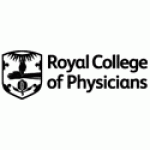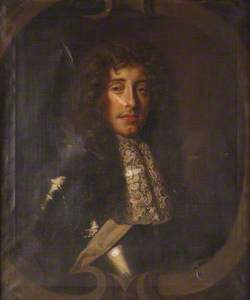How you can use this image
This image is available to be shared and re-used under the terms of the Creative Commons Attribution-NonCommercial-NoDerivatives licence (CC BY-NC-ND).
You can reproduce this image for non-commercial purposes and you are not able to change or modify it in any way.
Wherever you reproduce the image you must attribute the original creators (acknowledge the original artist(s) and the person/organisation that took the photograph of the work) and any other rights holders.
Review our guidance pages which explain how you can reuse images, how to credit an image and how to find more images in the public domain or with a Creative Commons licence available.
DownloadNotes
Add or edit a note on this artwork that only you can see. You can find notes again by going to the ‘Notes’ section of your account.
Richard Mead (1673–1754) became a famous physician after the publication of his paper 'Mechanical Account of Poisons', and he ran a very popular and prosperous practice, earning between £6,000–7,000 a year. He became a fellow of the Royal Society and worked as physician to St Thomas’s Hospital, London. When George II became King, Mead worked as his physician-in-ordinary. Mead was a keen collector and owned thousands of books, medals, statues and other miscellany, which he allowed the public to view in his house on Great Ormond Street. It was Mead who persuaded the wealthy citizen Thomas Guy to bequeath his fortune to found the hospital which bears his name. In the portrait Mead is depicted with the figure of Minerva, who holds a plaque with an image of the physician William Harvey.
Title
Richard Mead (1673–1754)
Date
c.1740
Medium
oil on canvas
Measurements
H 127 x W 99.8 cm
Accession number
X75
Acquisition method
gift from Dr Charles Chauncey, 1759
Work type
Painting









